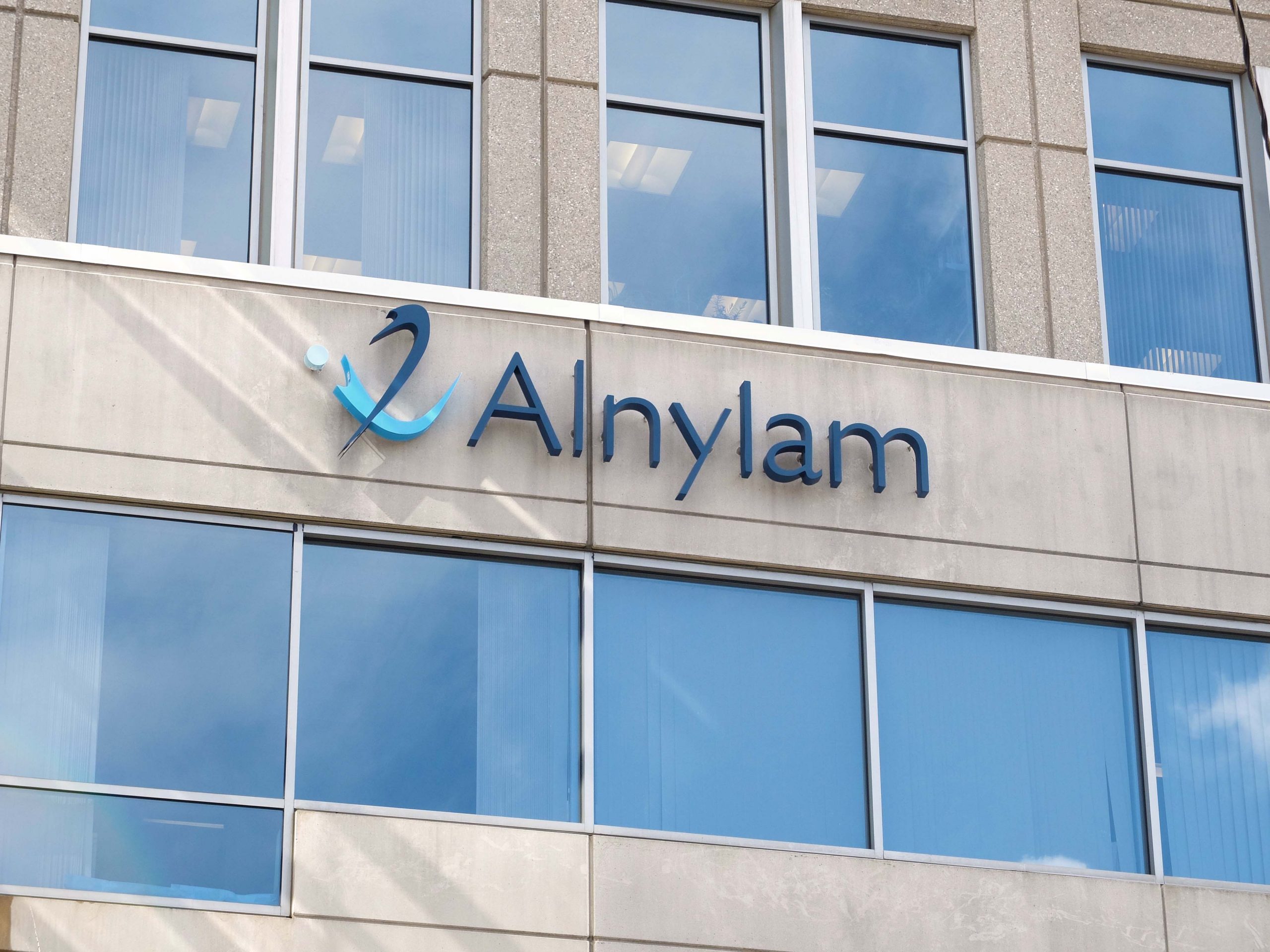Alnylam's shares dip as analyst backs rival after rare disease data reveal

Alnylam has revealed the data that forms the basis of its filings for its latest potential rare disease drug lumasiran, but shares dipped after an analyst suggested it could be outperformed by a contender from rival biotech Dicerna.
The RNA therapeutics specialist announced the phase 3 data from the ILLUMINATE-A study of lumasiran, which is in development for the ultra-rare condition primary hyperoxaluria type 1 (PH1).
Lumasiran is the first drug shown to help patients with the ultra-rare disease clear a toxic substance called oxalate from their kidneys and other vital organs and – if approved – would become Alnylam’s third product based on its RNA interference platform.
It is already under review with the FDA and regulators in Europe for PH1, which is caused by a mutation in a gene called AGXT that leads to a deficiency in the AGT enzyme responsible for preventing the build-up of oxalate.
In its absence, the substance is deposited in the kidneys, urinary tract and other organs causing tissue damage and – if untreated – can progress to end-stage renal disease that may require dialysis or a kidney transplant. Lumasiran switches off production of a precursor to oxalate.
The latest clinical data was presented at a virtual session of the European Renal Association-European Dialysis and Transplant Association (ERA-EDTA).
In the 39-patient ILLUMINATE-A study, lumasiran met the primary efficacy endpoint of 24-hour urinary oxalate reduction from month three to month six relative to placebo and all tested secondary endpoints.
In 26 PH1 patients aged six years and older treated with lumasiran, there was a 65.4% mean reduction in urinary oxalate relative to baseline, with a mean treatment difference of 53.5% relative to the 13 patients in the trial’s placebo arm.
The mean maximal reduction with lumasiran was 76%, similar to results of 75-76% seen in phase 1/2 and phase 2 open label extension studies using a different assay method.
Lumasiran also showed a 62.5% mean reduction in 24-hour urinary oxalate:creatinine ratio – an alternative measure of urinary oxalate excretion – relative to baseline, with a mean treatment difference of 51.8% relative to placebo.
Safety-wise there were no deaths and no severe or serious adverse events reported and adverse events were reported in 22 out of 26 of lumasiran patients versus nine out of 13 placebo patients.
However shares in Alnylam were down more than 3% on the Nasdaq following the announcement after RBC Capital analyst Luca Issi told investors that a rival from Dicerna Pharma may outperform it if approved.
Dicerna’s drug has a more patient-friendly fixed dosing approach and could have a broader label tackling all PH subtypes. It may also capitalise on Alnylam’s “heavy lifting” on disease awareness, said Issi.












